No one is the same and everyone has his own level of comfort. There will be things missing on this list, simply because you attach more value to them than others. Bring what you want to bring. The next things are definitely worth bringing:
Trekking Poles: Trekking poles are optional though we highly recommend to take at least one. It helps on the descent and in case you twist your ankle you've got something to lean on.
Sunscreen: It is a no-brainer really. You will be at high altitude and the UV rays are much stronger. It can get very sunny in Nepal. Protect yourself.
Water Bottles: If you want to prevent altitude sickness, you will have to drink plenty of water. Don’t rely on bottled water along the trail. They are less environmentally friendly and costly. Bring a bottle that you can refill. They can be soft flasks as well. You can also bring a small thermos bottle for a hot drink along the way.
Snacks: You will be provided with snacks by our local team. However, bringing your own favorite snacks can pull you through on the days that are rough going.
Head Lamp: It doesn’t matter what you do in the mountains, whether it be trekking, climbing or running, you may reach your destination after sunset or tackle a high pass leaving in the dead of night. Power cuts are common.
Wet Wipes: Water is not always readily available. Bring wet wipes to suit some of your sanitary needs. Opt for biodegradable ones.
Sanitizer: For the same reason you bring along hand sanitizer. Anything that helps you keep your hygiene game up while out there on the trails.
Creams: If you have a dry skin, you want to bring something to keep your skin moisturized. Lip balm, body lotion, anything small and handy. The air can be dry at higher altitudes.
(Pain) Medication: At higher altitude, you may suffer from headaches. This is also one of the symptoms of altitude sickness that almost everyone who goes trekking in Nepal experiences at some point. Bring something to relieve the pain. Check with your GP what else you might need for a visit to Nepal.
First Aid Kit: Your guide will be prepared for a first aid situation, but for the small stuff you also want to be able to take responsibility for yourself. Bring a basic first aid kit for cuts and bruises.
Towel: Small, quick-drying and suitable for trekking. Your accommodation along the trails are not hotels.
Toiletries: Probably something that is most forgotten: your toothbrush and tooth paste. Other things include biodegradable soap and shampoo and deodorant.



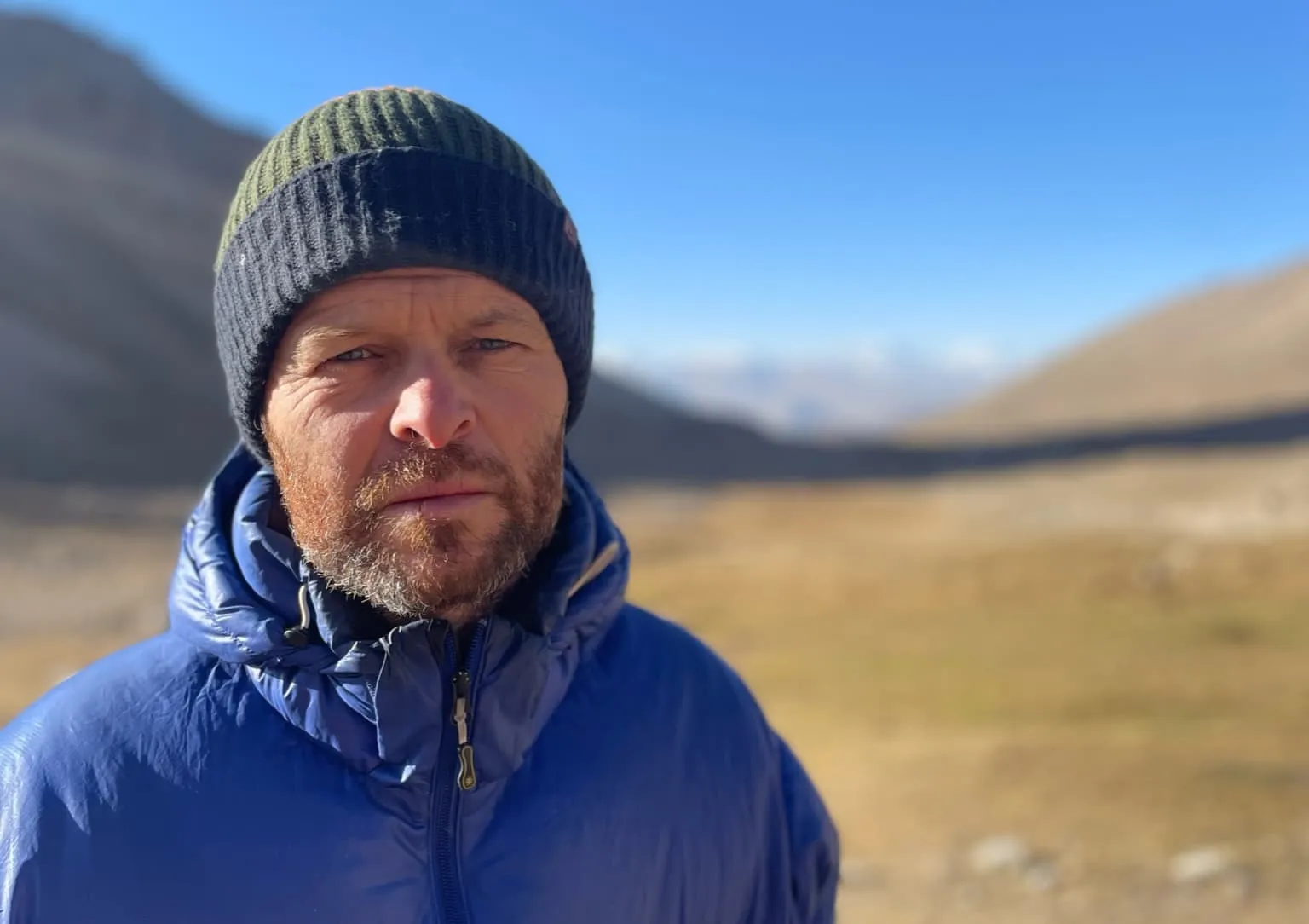
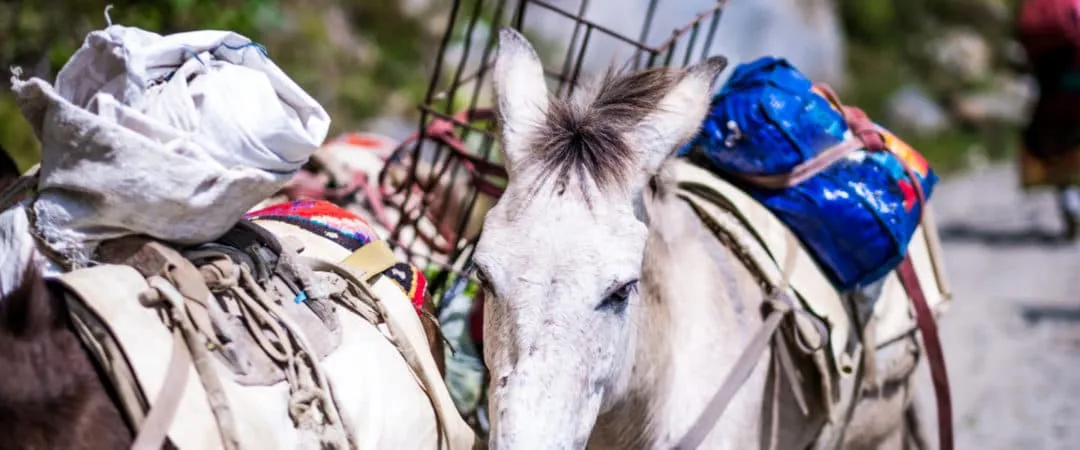
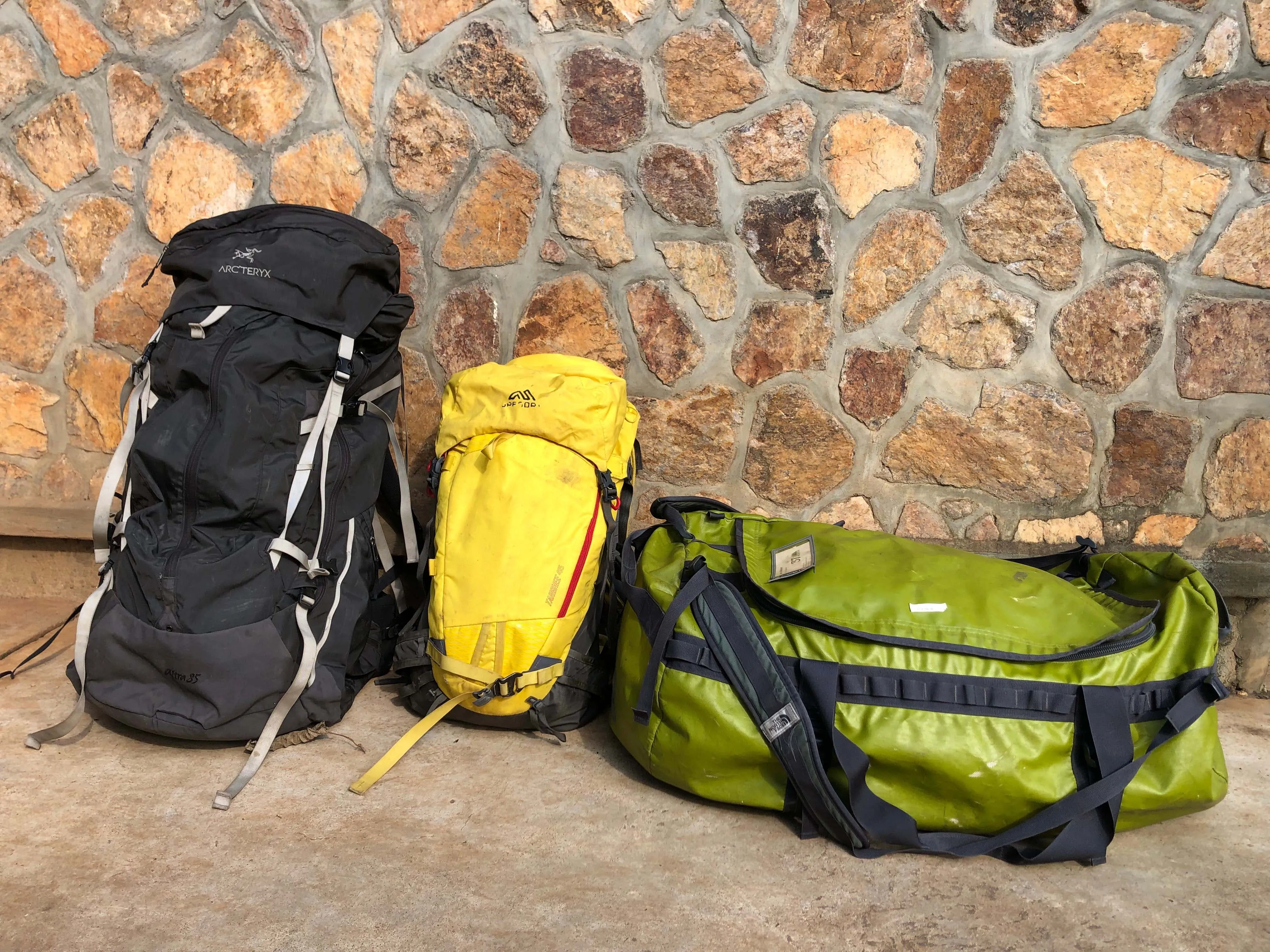
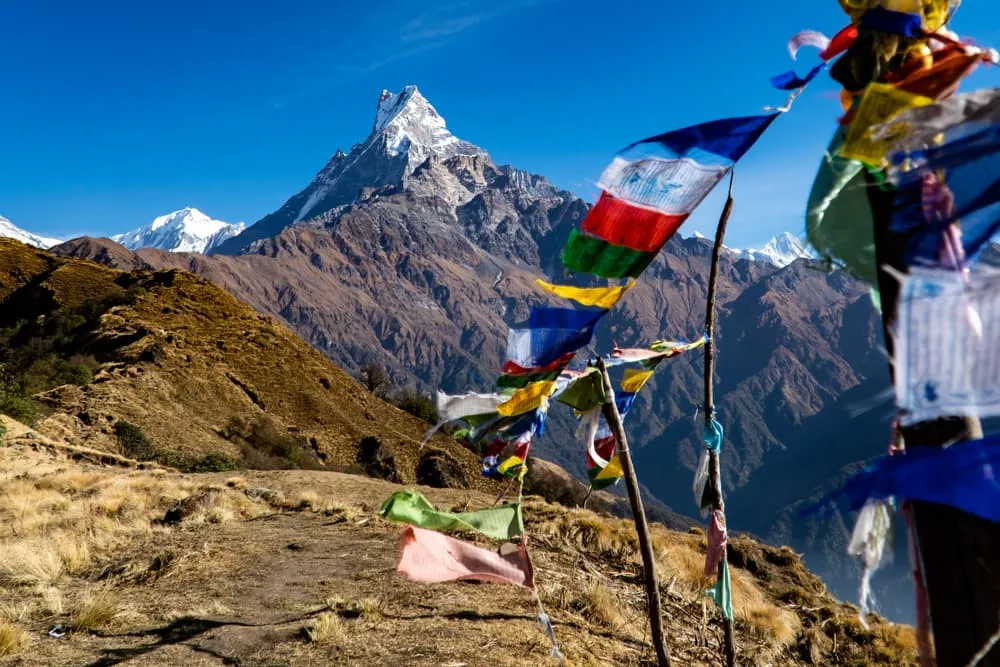
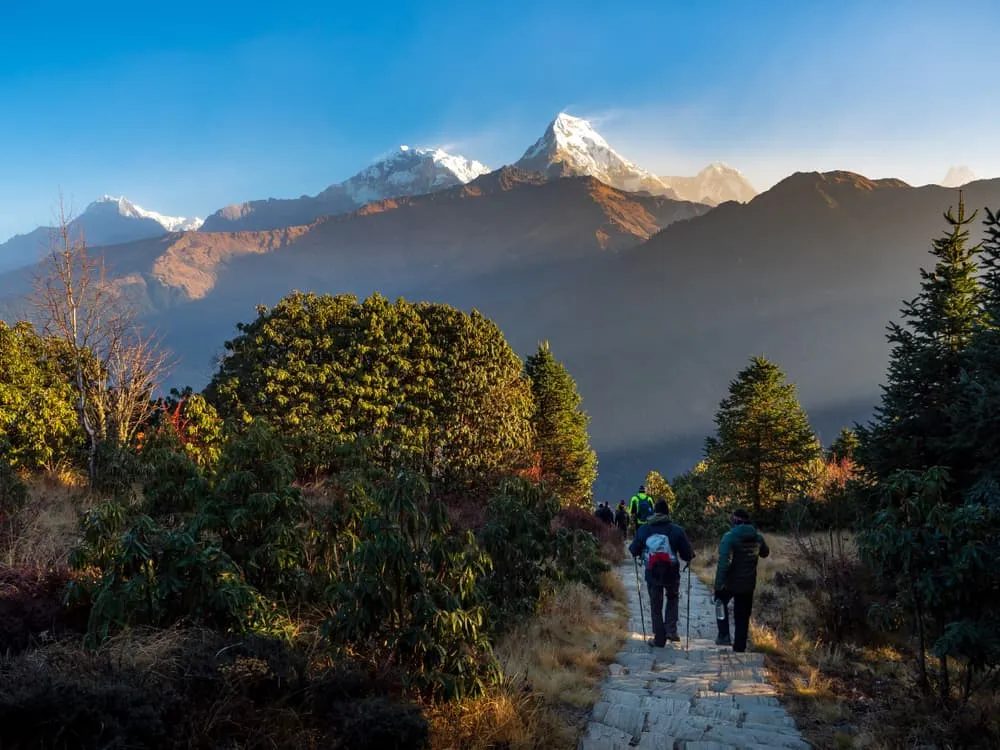
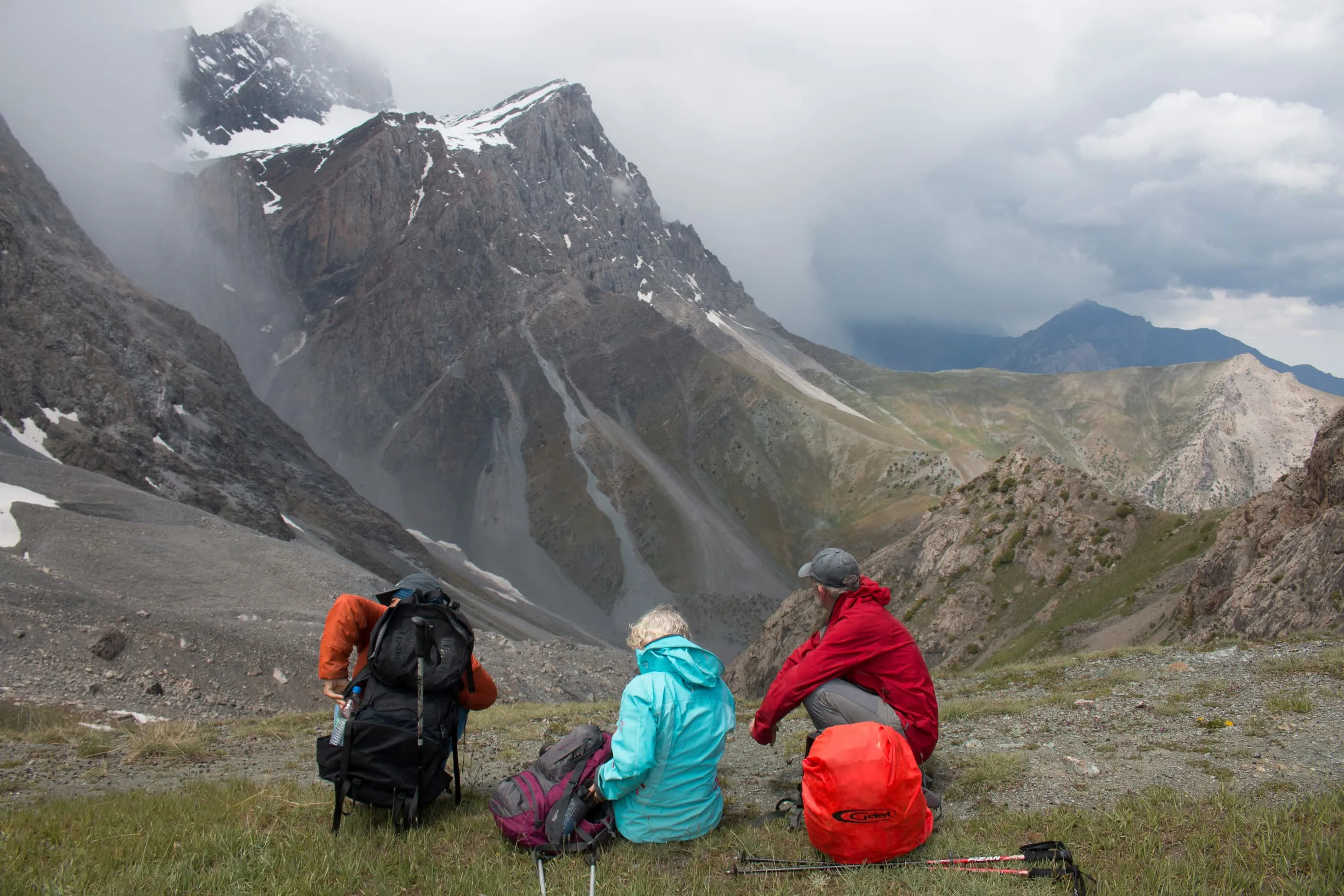
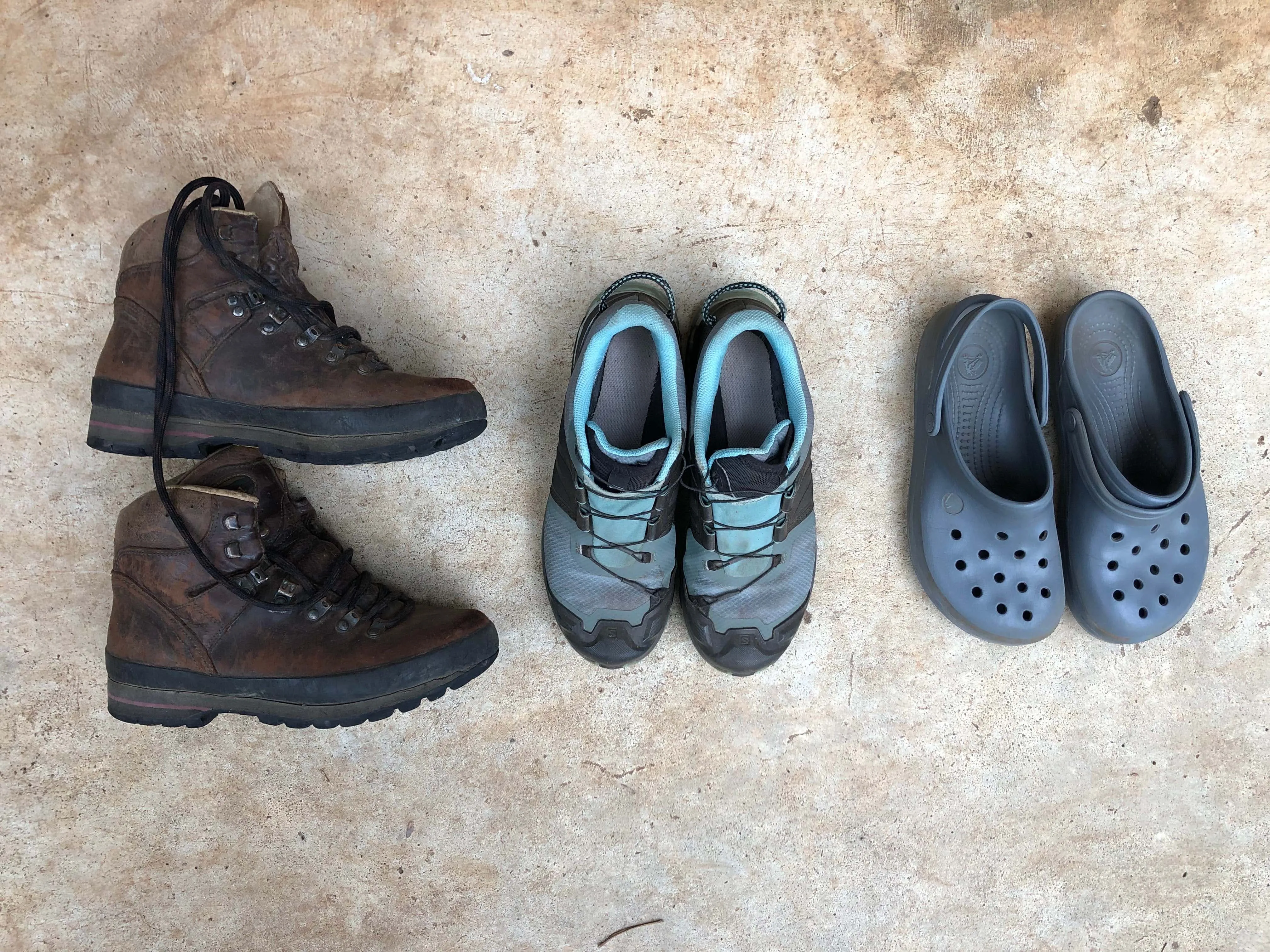
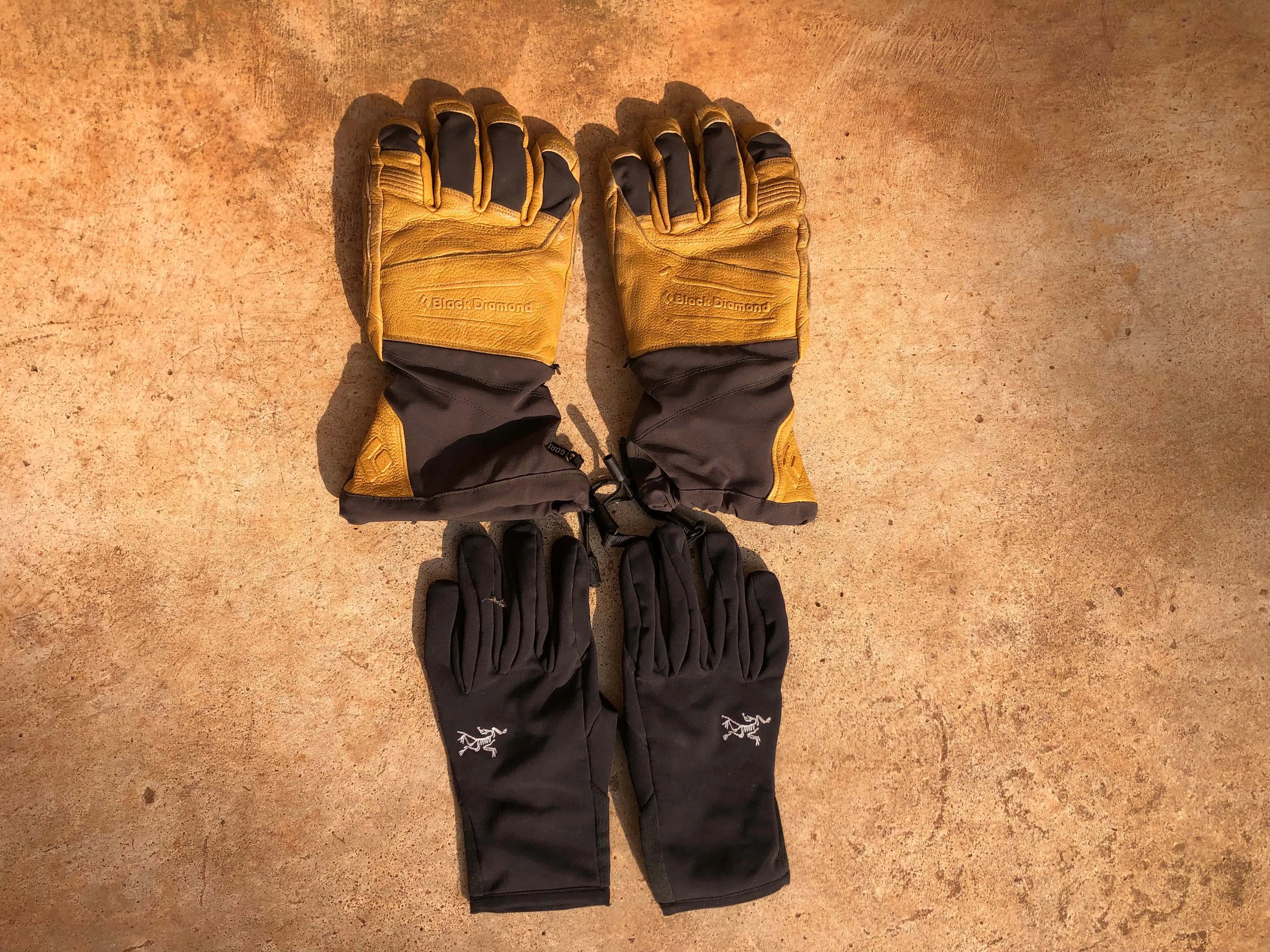

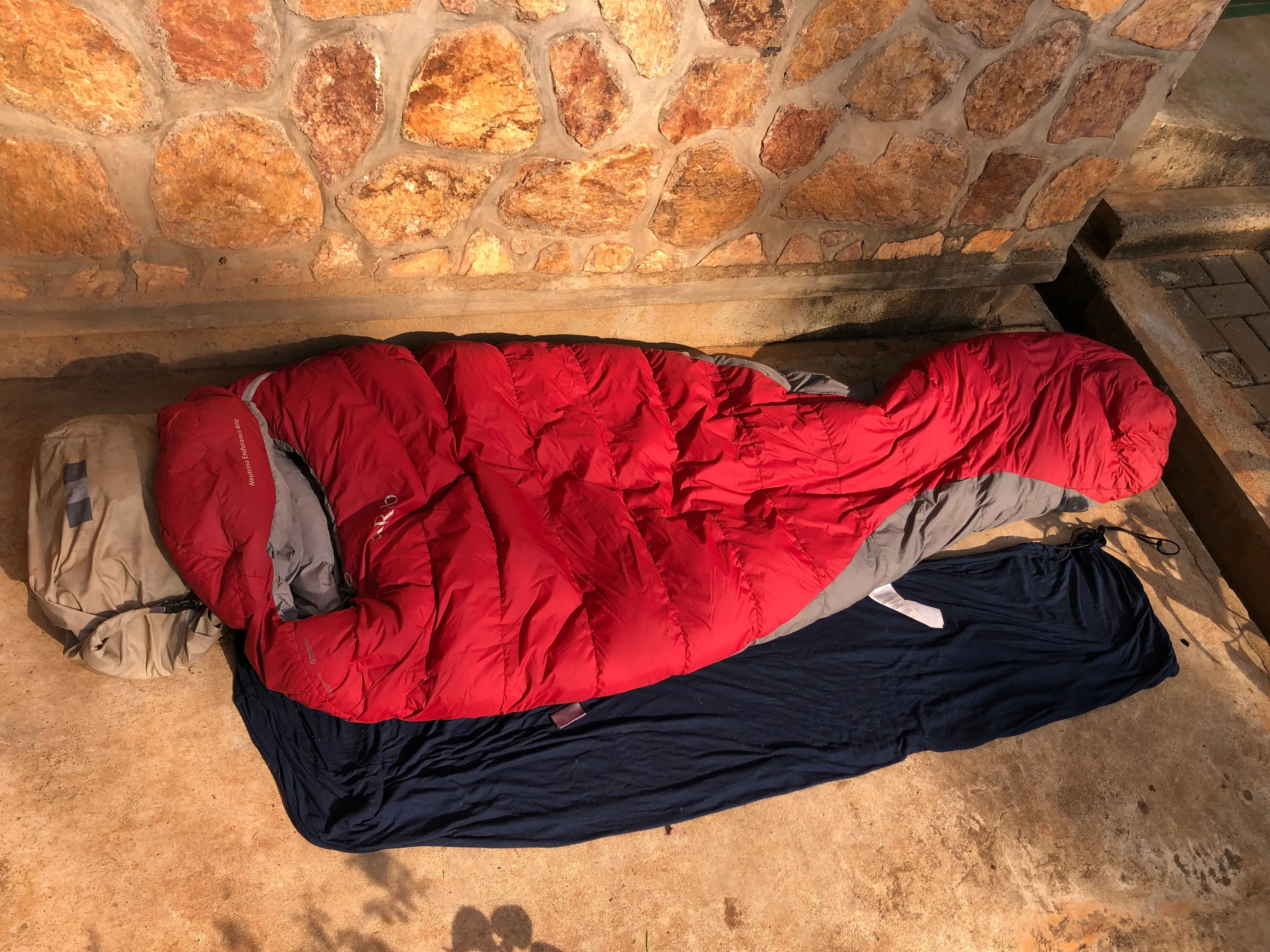
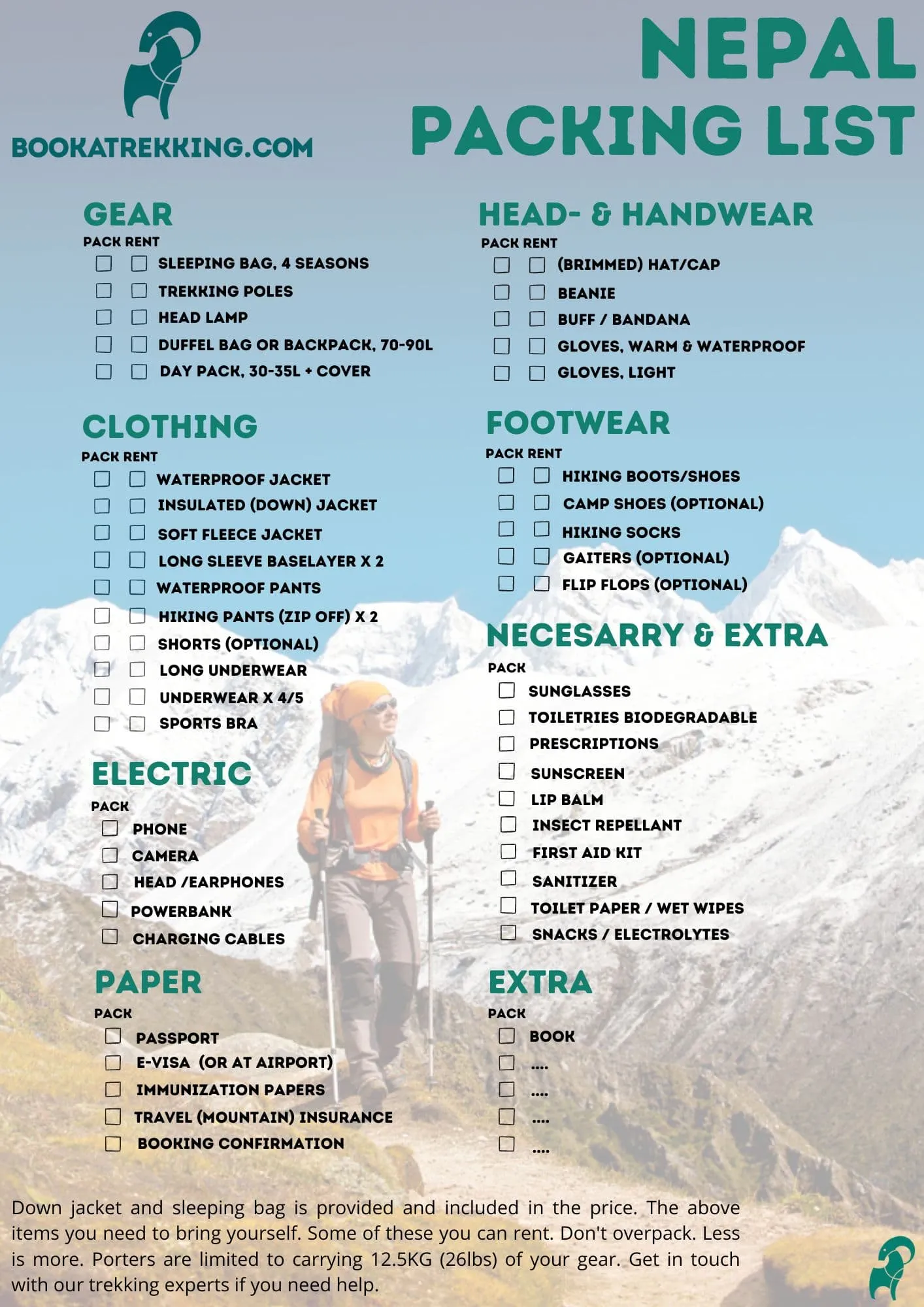
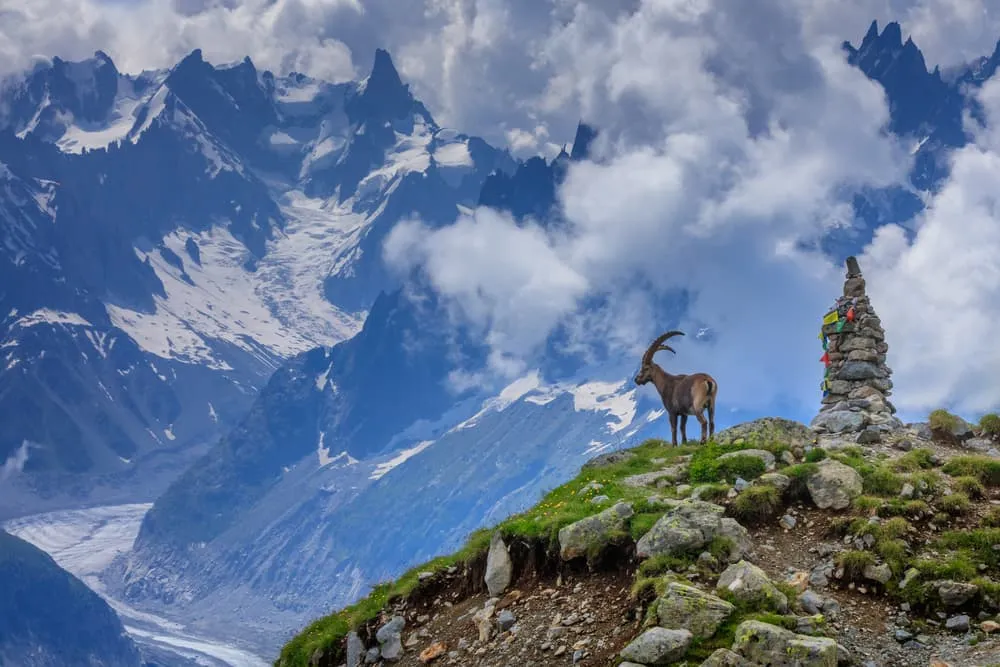
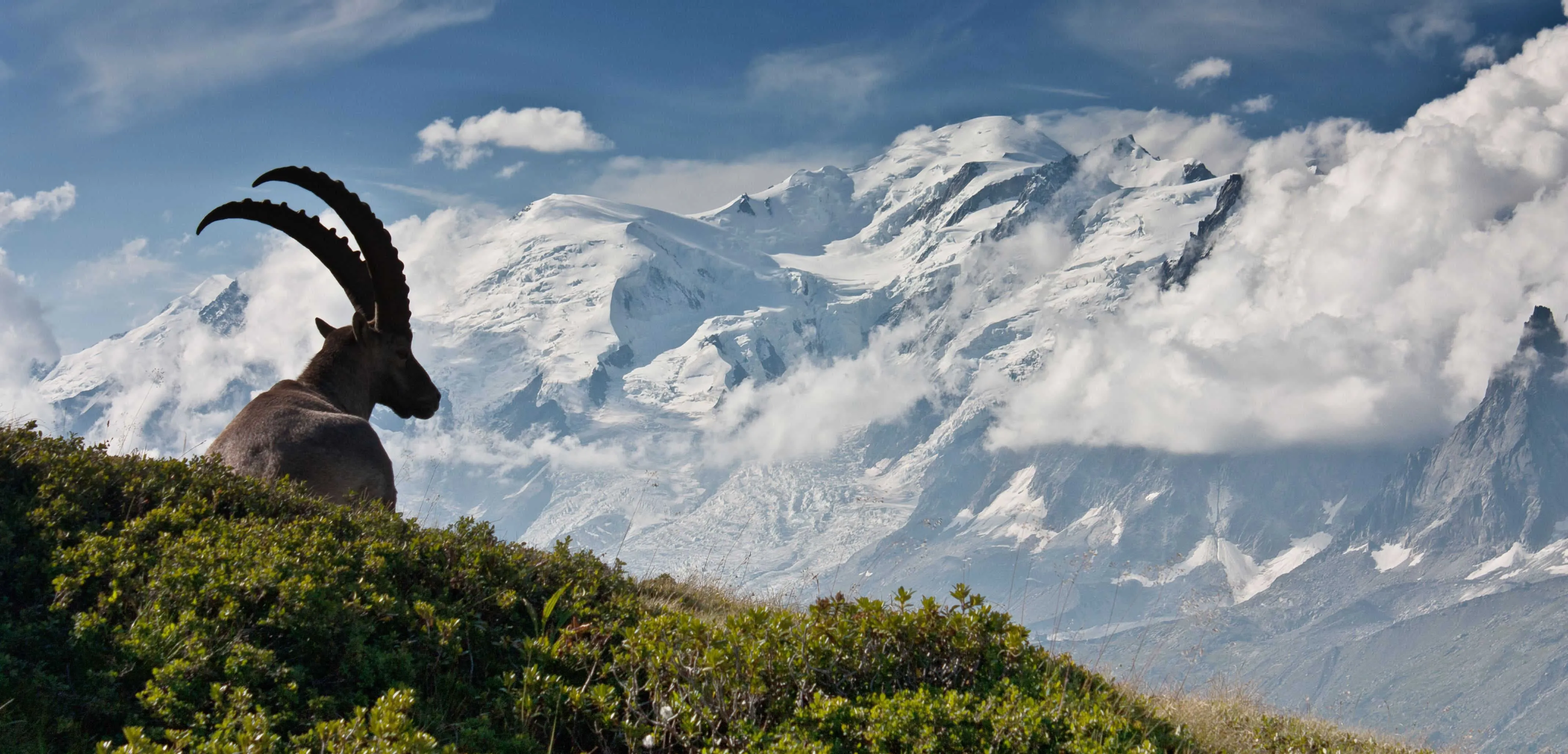
Comments